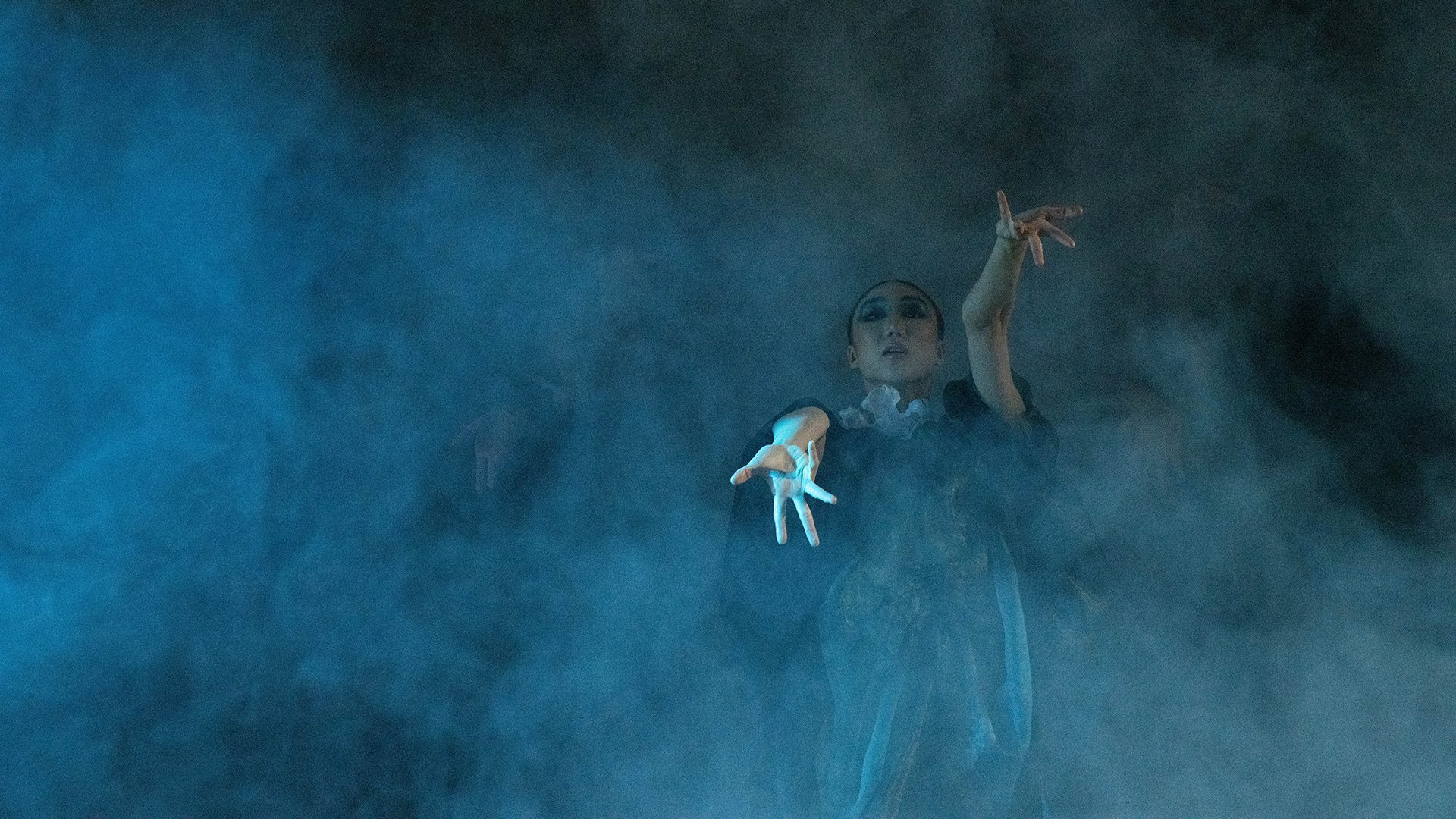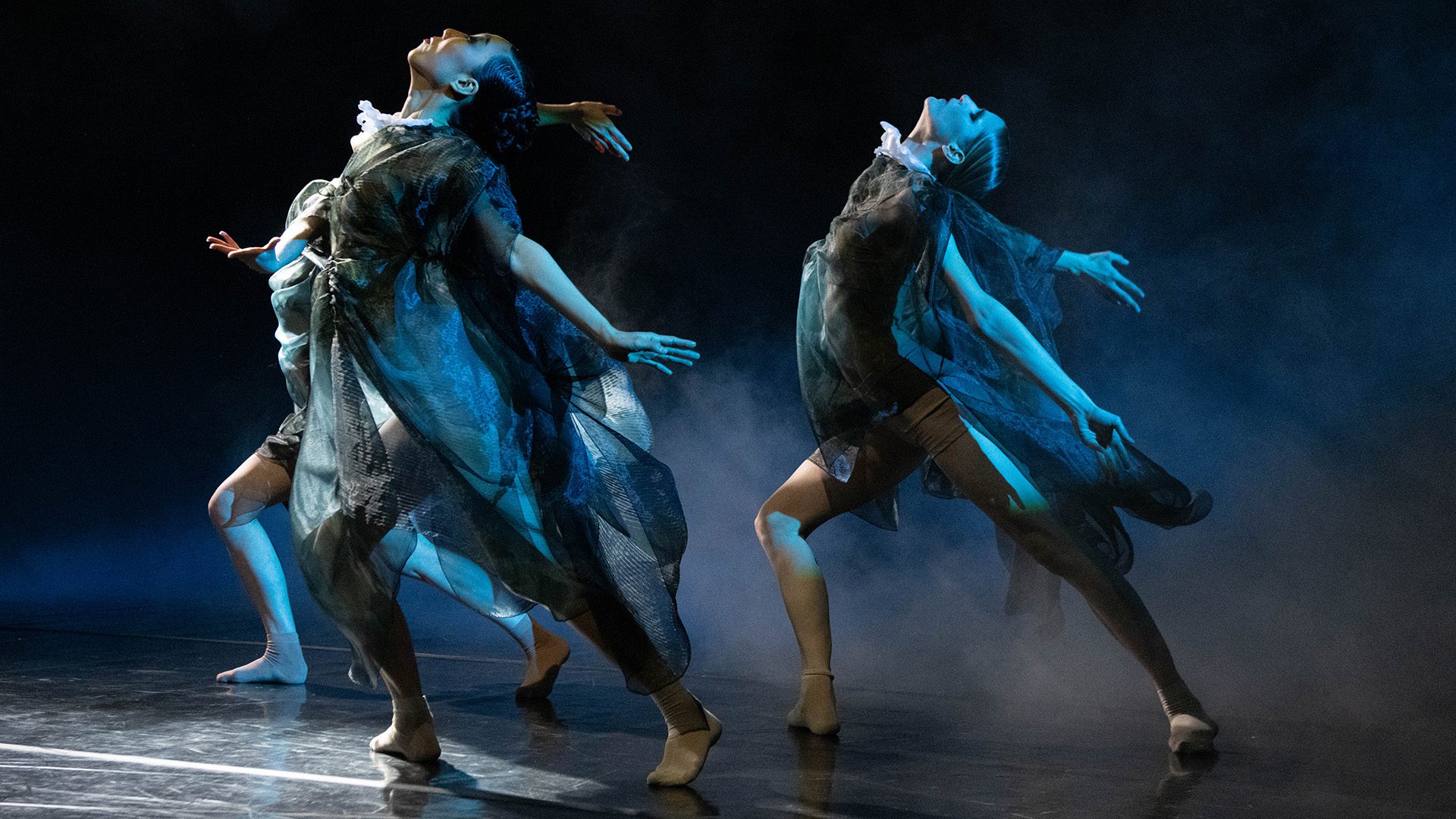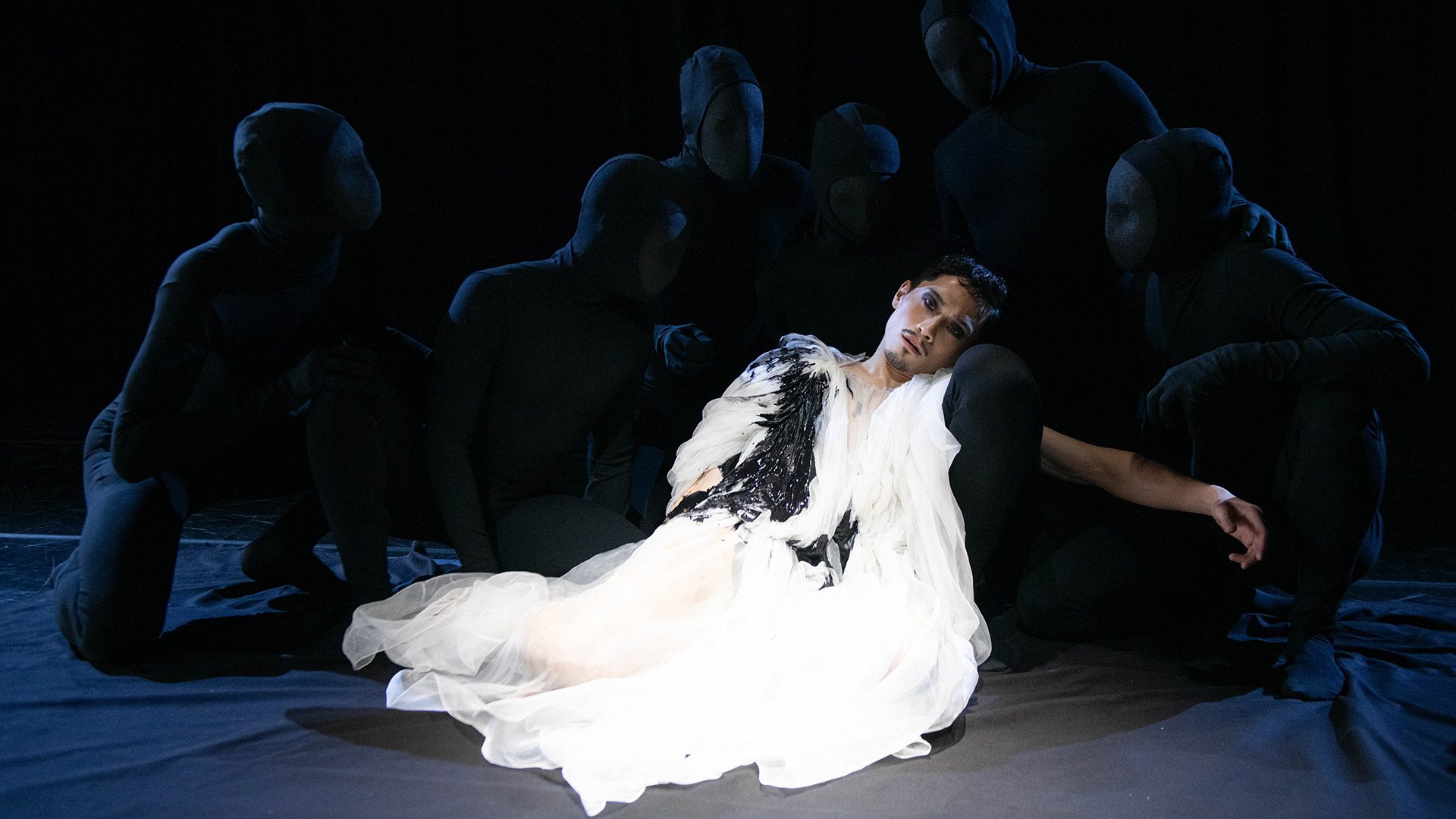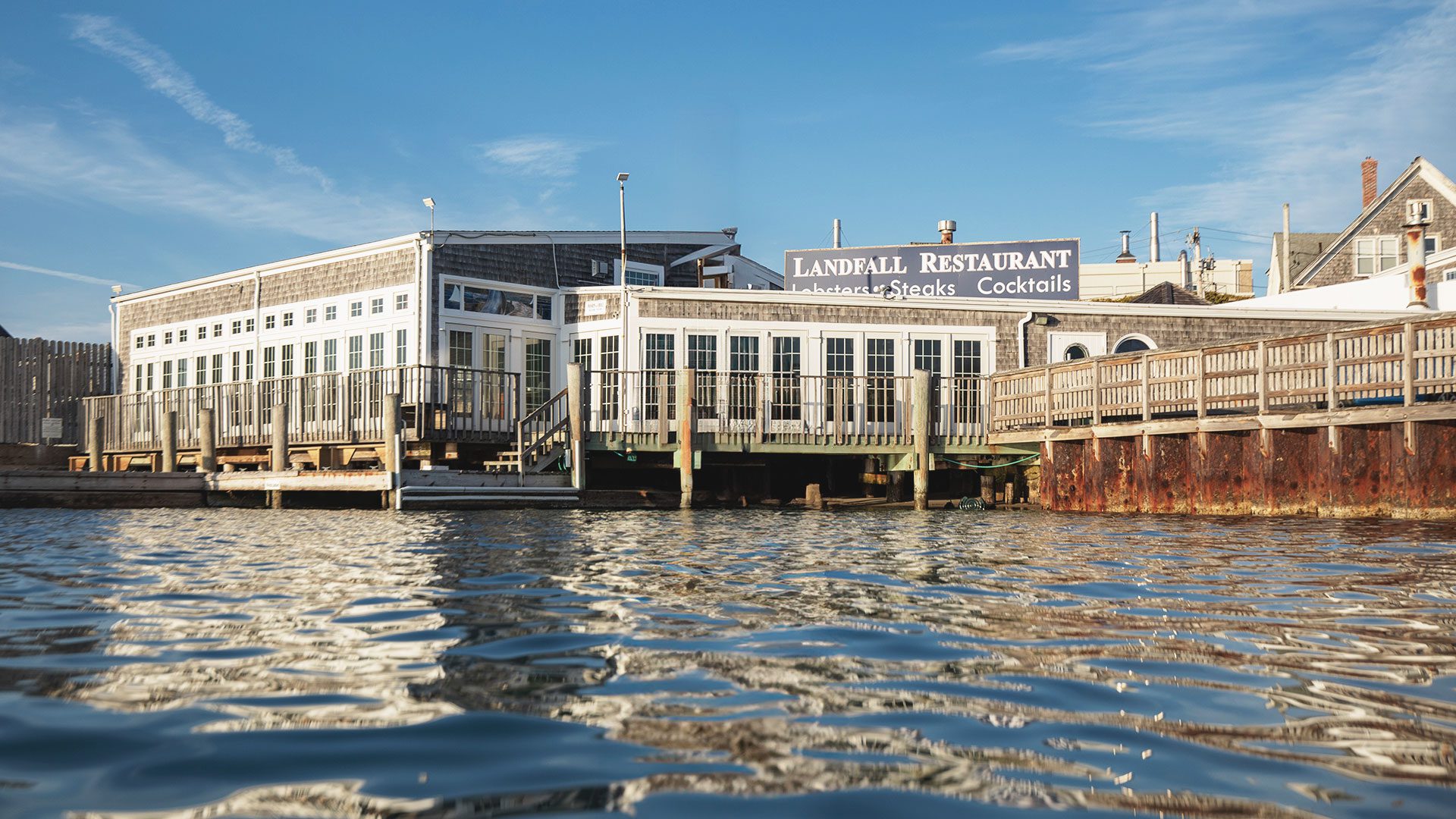
Dancing with Data
Diving into the ocean-themed movements of the Boston Ballet’s “La Mer”
Estimated reading time: 3 minutes
The first-ever collaboration between the Woods Hole Oceanographic Institution (WHOI) and the Boston Ballet premiered in Boston’s historic Opera House from April 6-16, 2023. The show, entitled “La Mer,” paid homage to the ocean and its role in regulating Earth’s climate, elevating awareness to 15,000 attendees—a new audience for WHOI and an even newer way of communicating important ocean science.
Ballet choreographer Nanine Linning and artistic director Mikko Nissinen designed this modern ballet using movements, video effects, and costumes to create abstractions of the many issues facing the ocean. The full arc of the ballet encouraged attendees to consider their dependence on the ocean and what may happen if marine ecosystems collapse.
“We start to feel the problem, the beauty, the vastness, the impact, because if it’s just percentages and graphs, how does it relate to me changing behavior?” asked Linning, who began researching for “La Mer” a full year before it debuted.
She and Nissinen found inspiration in discussions last February after meeting with more than a dozen WHOI scientists to talk about ocean-climate issues—from rising seas to ocean warming—and the search for solutions.
La Mer’s message about the ocean’s health comes at an auspicious time. In March, the Intergovernmental Panel on Climate Change (IPCC) declared that global carbon dioxide emissions must be cut in half by 2030 to cap temperature rise at 1.5 °C (roughly 3 °F of warming). The ocean, however, has already felt the sting of current temperature shifts and daily pollution—something Linning hopes is conveyed in “La Mer."
“I am interested in urgency,” Linning said. “The ocean is important for my existence.”
WHOI scientists and advisees to the performance tout the dance as an exciting way to help laypeople connect with vital science.
“The power of dance is being able to reach people at that emotional level in a way that pure data cannot,” said WHOI benthic ecologist and dancer Kirstin Meyer-Kaiser, who met Linning and Nissinen during their visit.
Here, we break down some of the show’s key moments, movements that convey deep-seated messages about the ocean, the pressures it faces, and the pure joy it brings us. Photography by Brooke Trisolini courtesy of the Boston Ballet.

The performance began in a low layer of the ocean called the dead zone, where the lack of oxygen prohibits the survival of most animals. Over the years, scientists at WHOI have developed underwater vehicles to study ocean processes in hard-to-reach places, including the renowned human-occupied vehicle (HOV) Alvin and newer autonomous underwater vehicles (AUVs) like Orpheus and REMUS.

Linning worked with a costume designer to craft costume elements from recycled ocean plastic (pictured above) to make a point about the relationship between man and water. While the ocean gives us sustenance and beauty, she said, humans return the favor by giving it trash. Microplastics are now found in every part of the ocean’s food chain. Today, scientists at WHOI are researching how these products enter the marine ecosystem and the impacts they may have on marine organisms as well as on the human body.

Costumes, props, and lighting brought to life the rainbow iridescence of an oil spill, a juxtaposition for an otherwise grave scene. Over a decade after the Deepwater Horizon disaster in the Gulf of Mexico, the largest marine oil spill in United States history, scientists at WHOI are still researching where the oil has gone and how it continues to impact marine ecosystems in the Gulf.

A black splash on a dancer’s white garment depicts the unsettling appearance of crude oil on marine life. Meanwhile, a choir sang a siren’s song, representing the allure of pretty things and the expediency of energy in the human world. “It's so beautiful, and at the same time it's so painful,” said Linning, who used this scene to question the sustainability of our economy. Are people aware that always wanting more has a dark side, she asked.

Linning designed a scene featuring nude-appearing dancers to illustrate that the people who suffer the most from climate change often have no shields. These vulnerable communities were a primary focus of the 2022 United Nations Conference of the Parties (COP27), where WHOI partnered with Scripps Institution of Oceanography and others to host a pavilion that sought to raise awareness of the importance of the ocean to everyone, everywhere.
For artistic director Nissinen, sharing this message broadly is one of the reasons he produced “La Mer.”
“[The show is] not a political statement,” Nissinen said. “It’s a humanitarian song.”
You can watch a docuseries on the making of “La Mer” and learn more about the Boston Ballet’s visit to WHOI here.


